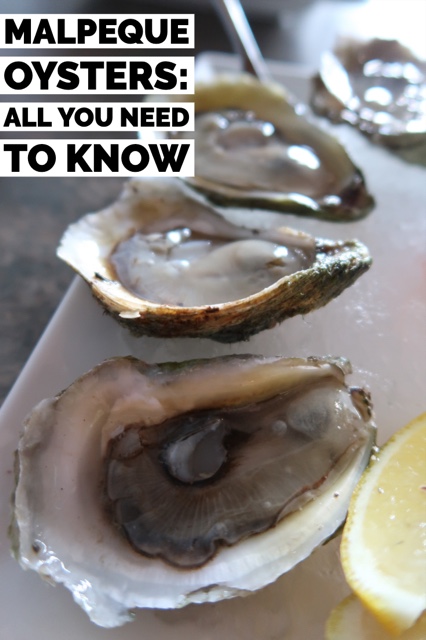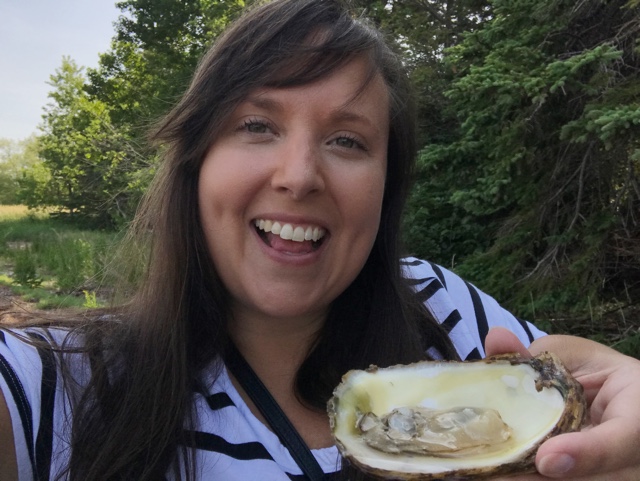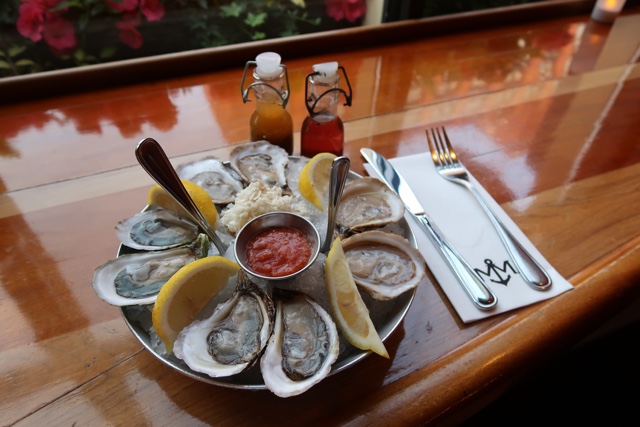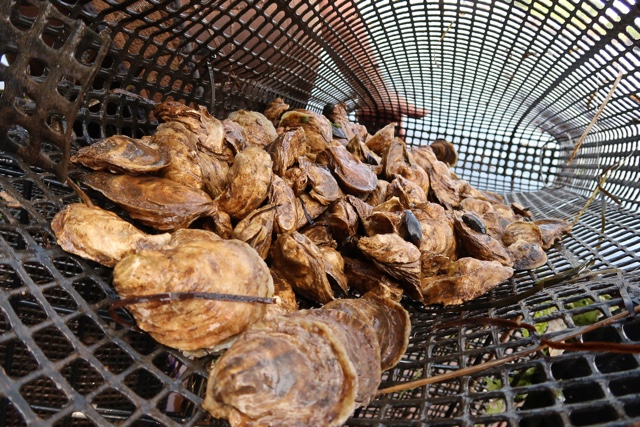
Malpeque Oysters are the iconic oysters from Prince Edward Island (PEI) and are widely regarded as the most beloved oysters in Canada. If you’re curious about where to find the finest PEI oysters, look no further than Malpeque Bay, where the nutrient-rich waters create an ideal environment for harvesting some of the tastiest oysters in the world.
With their thin shells and tender meat, both wild and farmed Malpeque oysters offer a delicious and clean seafood experience. They were first recognized as the best oysters in the world at the World’s Fair in France in the 1900s, which helped establish their fame. Here’s everything you need to know about the Malpeque Oyster.
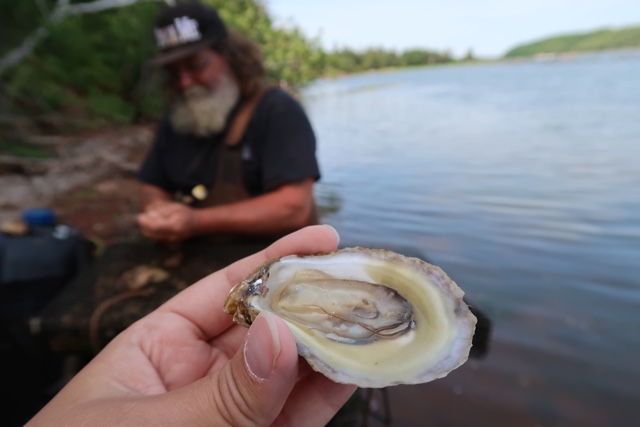

Quick Facts About Malpeque Oysters:
I could discuss (and indulge in) oysters all day long. Here’s a quick overview of the Malpeque Oyster (sometimes spelled Malpaque).
- They thrive in the Atlantic Ocean and belong to the Virginica species.
- While available year-round, their peak season is from May to November.
- Legally, they can be sold once they reach 3 inches, but they can grow much larger over time.
- These oysters originate from the glacial waters of Malpeque Bay, Prince Edward Island.
- PEI is the exclusive cultivation area for the Malpeque Oyster worldwide!
- Most PEI oysters are farmed, with a smaller percentage harvested traditionally using hands and tongs.
- The meat is soft, with a moderate briny flavor and a refreshing finish.
- Malpeque is pronounced “mal-peck.”
Why Are Prince Edward Island Oysters Famous?
The Malpeque oyster gained international fame when it was named the World’s Best Oyster at the 1900 World’s Fair, solidifying its reputation globally. Today, they are still celebrated as some of the finest oysters available. While the freshest Malpeque oysters can be enjoyed in PEI, they are also exported worldwide—from Toronto to China and beyond.
Oyster farming in Prince Edward Island is a true craftsmanship. Local fishermen and oyster farmers have refined their techniques, even harvesting during winter beneath the sea ice when oysters are particularly rich and flavorful.
However, the journey of Malpeque Oysters has not been without challenges. In the 1920s, an imported oyster disease from New England devastated local populations, resulting in a mortality rate of up to 90%.
Fortunately, the few Malpeque Oysters that survived the disease were used to re-establish the oyster farms across the province, leading to the thriving Malpeque Oyster industry we enjoy today.
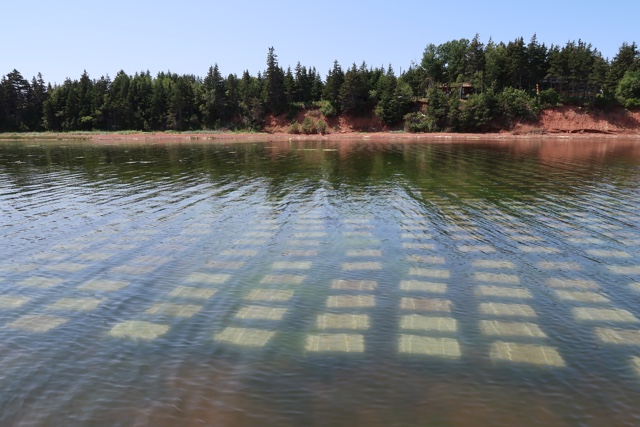

How are Malpeque Oysters Grown?
While some oysters are harvested using traditional hand methods with tongs, the majority of Malpeque Oysters are farmed. Farming provides a 95% yield, in contrast to the wild harvest, which yields only 2-5%. Moreover, farmed oysters reach market size within 3-4 years, while wild oysters take 5-7 years to grow comparable sizes.
Farmed oysters are cultivated in cages that are regularly flipped to eliminate pests. They are also tumbled annually to help them develop their characteristic teardrop shape and to dislodge any barnacles or other pests that might affect their growth. In contrast, wild oysters grow naturally on the ocean floor, making them more vulnerable to pests and deformities.
The PEI region accounts for about 30% of Canada’s total farmed oyster production, contributing nearly $13 million to the aquaculture economy. This indicates a strong and mutually beneficial relationship between Malpeque Oysters and the PEI economy.
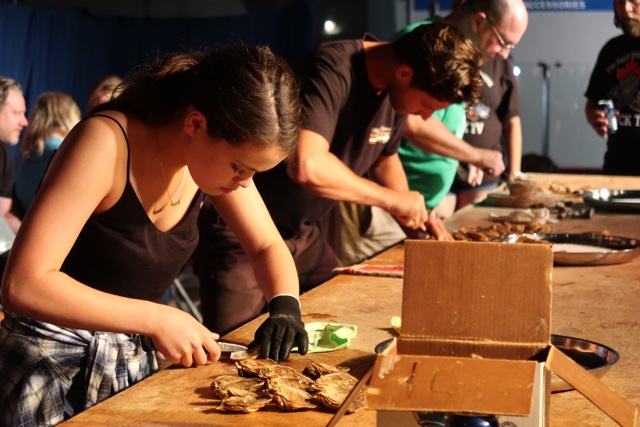

How To Experience The Malpeque Oyster
PEI oysters are an absolute delight. Whether you’re new to shellfish or consider yourself an expert, here’s how best to savor this delicacy.
One of my most memorable experiences with Malpeque Oysters was attending an Oyster Obsession cooking class hosted by the Table Culinary Studio. This four-hour course allowed us to meet a local PEI Oyster farmer who shared invaluable insights about oysters. We toured an oyster farm, sampled oysters fresh from the ocean, and learned how to shuck, cook, and enjoy oysters in various ways.
If a cooking class isn’t in your schedule, there are still plenty of ways to enjoy Malpeque Oysters. You can purchase them fresh at places like MR Seafood, Lobster on the Wharf, and other fish markets. Alternatively, many restaurants around the island serve them freshly shucked. It seems as though almost every restaurant in Prince Edward Island features an oyster bar. For more information on where to find the best oysters in PEI, be sure to check my detailed post.
Additionally, consider attending one of the many oyster-related festivals. Every July and August, the Tyne Valley Oyster Festival features the Canadian Oyster Shucking Championships, and you might even participate in the festivities yourself. Each September, the PEI Shellfish Festival offers a chance to sample and discover everything related to shellfish, including, of course, oysters.
How do Malpeque Oysters Taste?
The flavor of these oysters is influenced by the brackish, salty waters in which they grow, whether that’s in a bay, harbor, cove, or creek. This unique aspect, known as merroir, can vary, much like the terroir affects wine. Malpeque Oysters reflect the pristine waters of their environment—clean and refreshing.
Their tender meat has a light flavor, making it a delightful choice for first-time oyster tasters.
Encased within the brown and white shell, the oyster presents a harmonious balance between the ocean’s brininess and a clean, sweet finish. The sweetness and succulent texture are largely attributed to the cool ocean waters, as oysters’ adductor muscles strengthen in cooler fall months, resulting in plumper oysters.
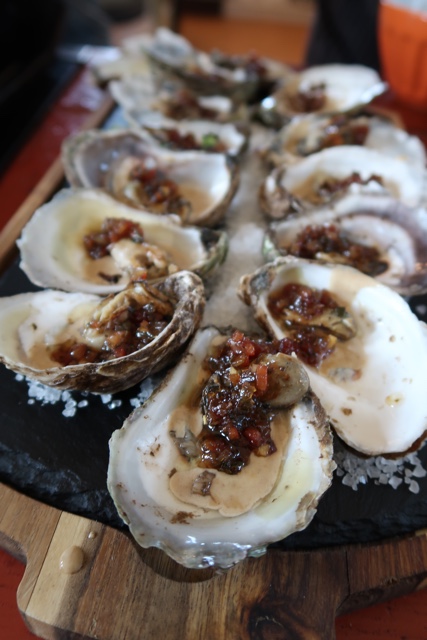

How To Cook Malpeque Oysters
Many consider Malpeque oysters best enjoyed fresh on their own, but they also pair beautifully with a squeeze of lemon, horseradish, seafood sauce, or mignonette. Besides eating them raw, there are numerous ways to cook them.
For a delicious preparation, open the oyster, loosen the muscle from the shell, and add a squeeze of fresh lemon juice over the meat. Fill the shell with a mixture of breadcrumbs, cheese, and herbs, then place it on a bed of coarse salt to keep it upright and bake for 10 minutes.
If you’re feeling adventurous, try grilling them with flavored butter, frying them with eggs, smoking the oysters and pairing them with potato cakes, or making oyster fritters. During the oyster cooking class, we even made Oyster Po’ Boys and grilled oysters with black garlic cream sauce and bacon jam. And yes, it was as delicious as it sounds!
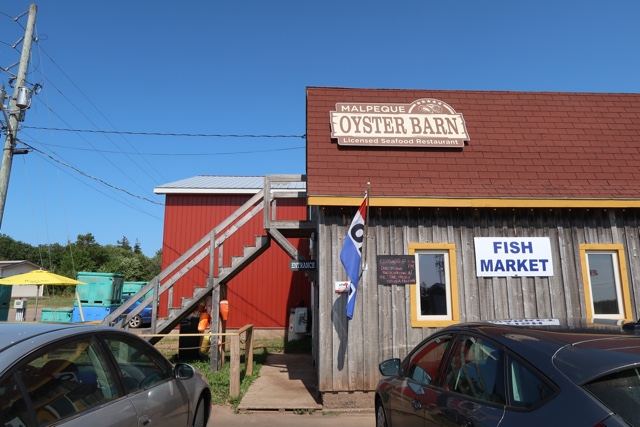

Best Places To Try Malpeque Oysters
If you’re in PEI, you’ll have no trouble locating a restaurant with an oyster bar serving the freshest oysters imaginable. They are typically served on a bed of ice with lemon wedges, horseradish, and fresh mignonettes on the side. Be prepared to resist the temptation to slurp them all down in one go!
When visiting the Malpeque Bay area, be sure to include a taste of the oysters in your itinerary. A popular spot for enthusiasts is the Malpeque Oyster Barn, celebrated for its authentic atmosphere and incredibly fresh oysters sourced directly from the sea. They offer oysters pan-fried, as Po’ Boys, and even Oysters Rockefeller. Since it’s a popular place, be sure to book a table in advance or opt to eat at the bar.
Malpeque Oysters can also be found throughout the province. Don’t miss out on trying them at the Merchantman Restaurant in Charlottetown, the Landmark Oyster House in Victoria by the Sea, or Wheelhouse in Georgetown on the east coast.
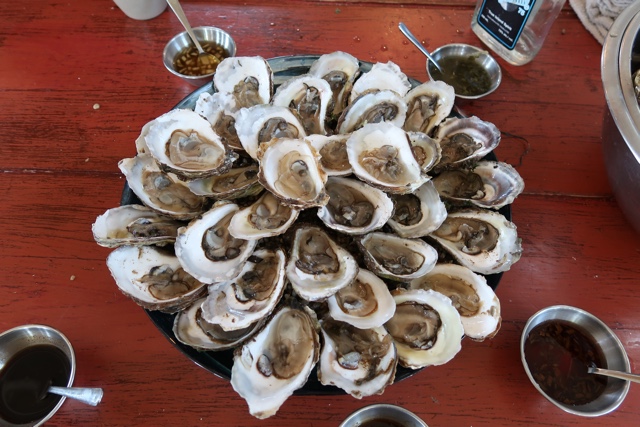

Where To Find PEI Oysters Outside Malpeque
While the best place to indulge in Malpeque Oysters is PEI, the island actively exports its oysters across Canada. Historically, a significant portion reaches wholesalers in Quebec and Ontario, and they can be found as far away as Asia and other international markets. You can even order them online from various oyster farms in the province, like Raspberry Point.
However, I firmly believe in the adage “the fresher, the better.” It’s worth making the trip to Prince Edward Island—not just to taste the esteemed Malpeque Oysters, but to enjoy other local specialties like lobster rolls, Cow’s Ice Cream, and the famous PEI potatoes.
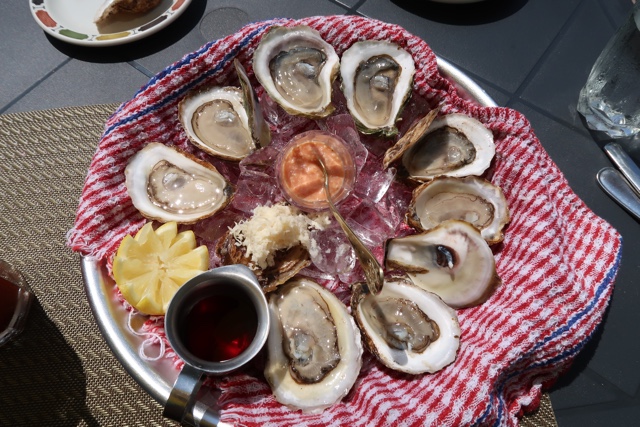

Final Thoughts On Malpeque Bay Oysters
When visiting Malpeque Bay and the Prince Edward Island region, the world is truly your oyster. Whether it’s your first time or your hundredth, the Malpeque Oyster is a gratifying experience and ranks among the best in the world.
In fact, the Malpeque Oyster is a significant reason why PEI is renowned as Canada’s Food Island. So, if you’re a foodie with a passion for seafood, make sure to add the Malpeque Oyster to your culinary bucket list.
Liked this post? Pin it for later!
